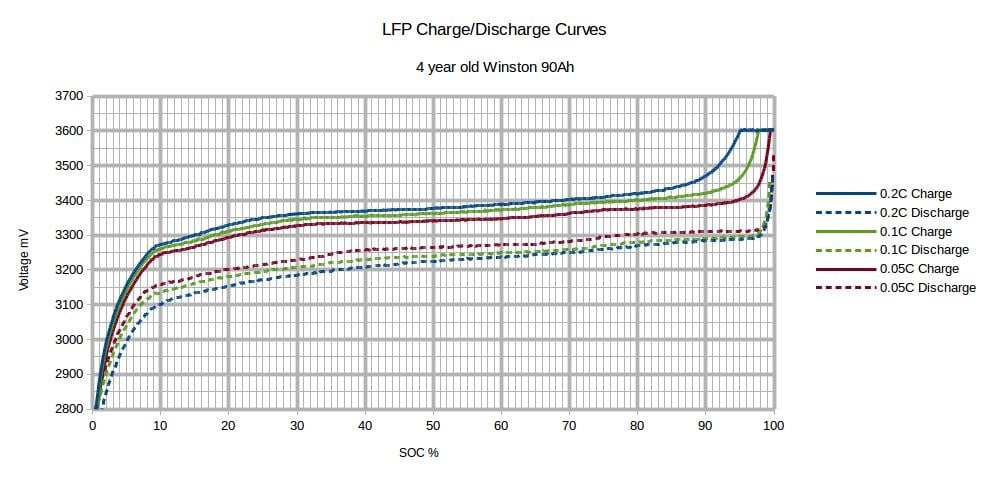My impression is most of the problems are user error.
There is a lot of shoot first and ask questions later going on.
I think that has increased in the last few monthes.
I feel that this is at least a big part of it. I think its a combination of user error (lack of research/due diligence), and maybe over confidence in certain cells/suppliers that new members don't really realize are still very new to us. Obviously I think everyone should be doing their due diligence and research, but I also think its partially on us to remind people that the trade-off for the huge savings of a DIY battery with grey market cells is (1) you are taking on the responsibility to know what you are doing and not screw up, and (2) buying from grey market Chinese suppliers comes with more risk (and variability as well). I find that these two cautions are often unstated or downplayed.
DIY batteries w/ grey market cells can be a great value for low C-rate, non-critical, energy storage applications, and I do encourage people down that path frequently. But I think a proper accounting of risks and trade-offs is important, and I think those of us who spend a lot of time in the beginners sections should be careful not to push people towards that path if they seem scared, or unwilling or unenthusiastic about learning.
I think
@Will Prowse's early DIY battery bank videos strike a good balance between "You can totally do this, its not too difficult!" while at the same time conveying "this is not for beginners, you could screw things up if you aren't careful, and their is risk and uncertainty buying used cells on ebay, or grey market cells from China... Buuuut you can do it!"
Maybe I am especially sensitive to this because, I myself am new to all this as well, or because I don't have a lot of money to throw around. But it seems like some of the disappointment is explained by lack of due diligence and unrealistic expectations (
many new forums members think the EVE cells are verified, well matched, grade-A cells, the former doesn't appear to be true and the latter is possible but not verifiable). And at least a handful of newbies are building batteries without understanding the difference between cell level and pack level voltages and without understanding the role or purpose or usefulness of a BMS.
I think probably if some people went in with more realistic expectations, and spent more time up front understanding what they are doing and how to do it safely and correctly, we would probably be seeing less disappointment.




